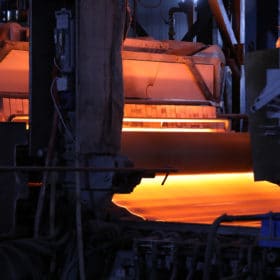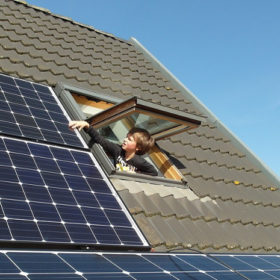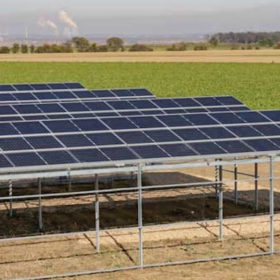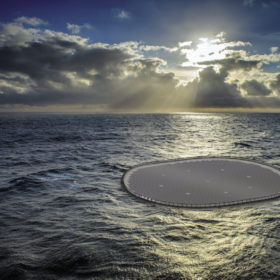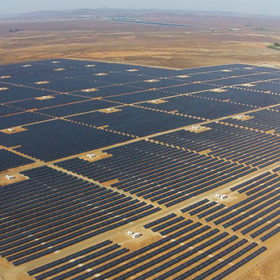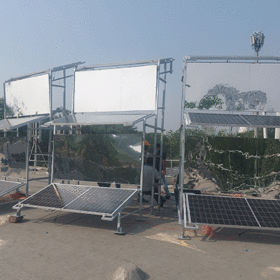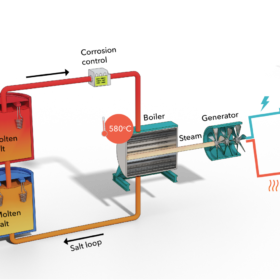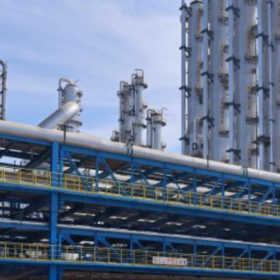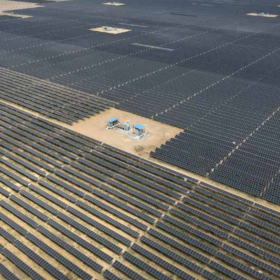Borosil Renewables to expand solar glass manufacturing capacity to 2,000 tons per day
The solar panel glass manufacturer expects strong growth in demand for its products at home and abroad with a significant rise expected in the production of PV modules in the USA and Europe.
Residential based energy storage will become the new ‘Boiler 2.0
Residential-based energy storage will become the new ‘Boiler 2.0’ and could form part of a virtual power plant, providing a viable solution to the global energy crisis and helping us to achieve our net-zero goals.
New agrivoltaic system design from Germany
Germany’s Sunfarming is testing the new project design in cooperation with research centers Jülich and the Fraunhofer ISE.
The long read: Is the coast clear for solar to head offshore?
There are literal oceans of space for floating PV (FPV), beyond the first applications on lakes, reservoirs and hydro-electric dams. For countries where land is at a premium, such as the Netherlands, Singapore, and Japan, offshore FPV is of particular interest. Of course, unlike a reservoir, the sea is rarely still. Thankfully FPV’s growth has also brought technological innovation and maturity with it, meaning the coast could now be clear for solar to head offshore.
Torrent Power to acquire 25 MW solar plant, Reliance completes acquisition of 40% stake in Sterling & Wilson Solar
The 25 MW solar project acquired by Torrent Power benefits from a a 25-year power purchase agreement with Gujarat Urja Vikas Nigam Ltd. Reliance New Energy Solar Ltd, a wholly-owned unit of Reliance Industries Ltd, now holds 40% of the total paid-up equity share capital of Sterling & Wilson Solar following acquisition of a further stake from its promoters.
Portable, space-saving solar towers
Researchers at the Indian Institute of Technology Delhi have developed solar towers that can be moved from one place to another and can generate 20-30% more power while requiring only 50-60% space compared to conventional mounting setups.
Rajasthan signs pacts for over 90 GW of renewable energy projects
State-owned power producers THDC India, NTPC, NHPC, and SJVN have committed investments to build 10 GW of renewable energy capacity each. Among private firms, Reliance plans 20 GW and Axis Energy Group 28 GW of solar projects and 4 GW solar module manufacturing facility.
Storing solar power with grid-scale molten hydroxide
Seaborg Technologies, a Danish manufacturer of molten salt nuclear reactors, has turned a technology that was originally developed for nuclear power into a large-scale storage solution for wind and solar. It has developed a storage system that uses renewable energy to heat salt with electrical heaters, based on two-tank molten salt storage designs developed for concentrated solar power plants.
New renewable energy capacity addition grew 73% year-on-year in the third quarter this fiscal
India installed 3,316 MW of non-hydro renewable energy capacity in the third quarter of FY2021-22, compared to just 1,914 MW installed in the same period last year. Out of this, 93% (3,072 MW) came from solar.
Solar manufacturers request early allocation of INR 19,500 crore boost to PLI Scheme
All stakeholders are expecting the Indian Renewable Energy Development Agency Limited (IREDA) to expedite and issue letters of award to balance companies that have bid under the production-linked incentive (PLI) scheme for solar. Most players have already acquired land and some have even done the land development work and basic construction in anticipation of the award pending for the last three months.
